New research reveals that penguin guano in Antarctica plays a significant role in climate cooling. Learn how penguin poop affects cloud formation.
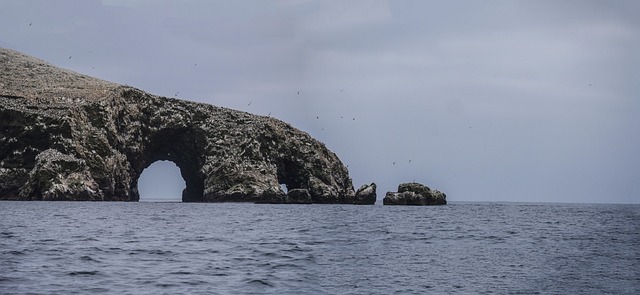
ADVERTISEMENT

New research reveals that penguin guano in Antarctica plays a significant role in climate cooling. Learn how penguin poop affects cloud formation.
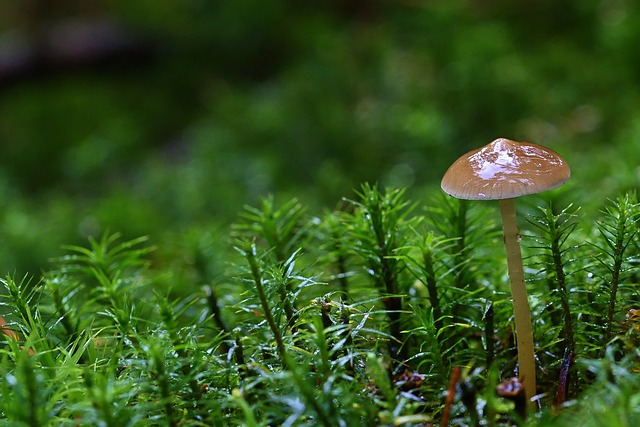
Scientists have discovered 7000-year-old mummies in the Sahara Desert revealing new insights into ancient history and genetic lineages.
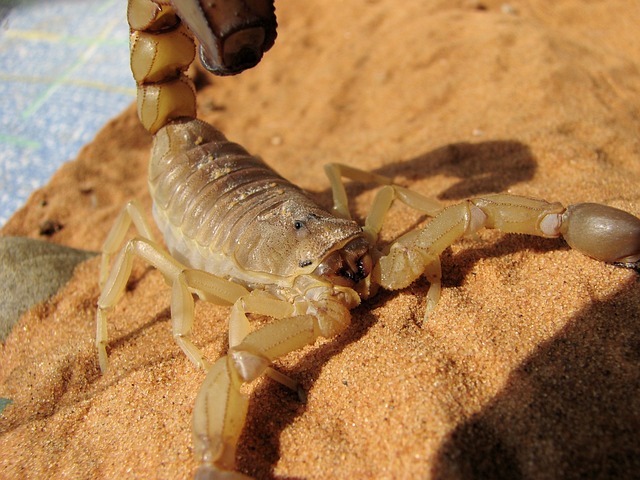
Discover the Giant Cretaceous Scorpion Fossil a 125-million-year-old predator unearthed in China. Learn about this remarkable find and its implications for understanding ancient ecosystems.

Discover the world’s largest biohybrid robot hand a groundbreaking 18cm hand powered by human muscle tissue. Learn about its potential applications in prosthetics and beyond. Largest Biohybrid Robot Hand.

Explore the new theory challenging the improbability of intelligent life. An Intelligent Life Earth Study suggests it may be more predictable than previously thought.
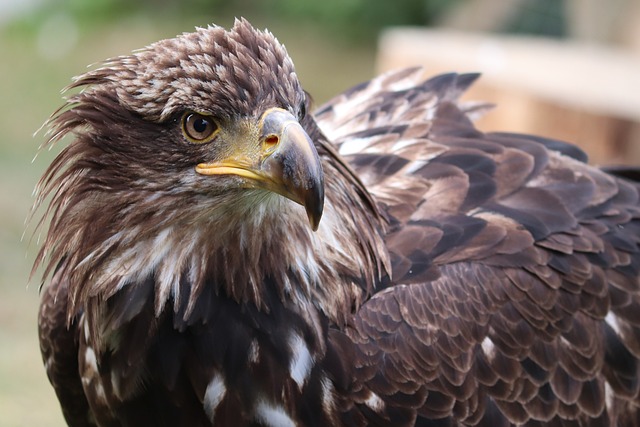
New research reveals silent H5N1 bird flu spread among US veterinarians and cows highlighting gaps in surveillance and prompting a national milk testing program.
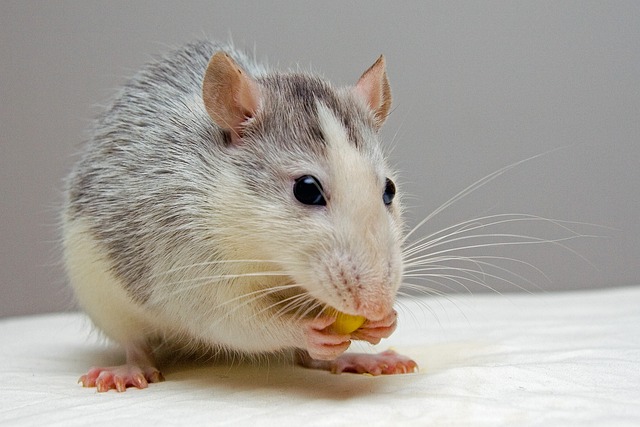
A woman’s burning leg pain was diagnosed as a rat lungworm infection after a series of hospital visits. Learn about the symptoms and treatment of this rare infection.

Learn about Colossal Biosciences funding and its mission to revive extinct species including the woolly mammoth.
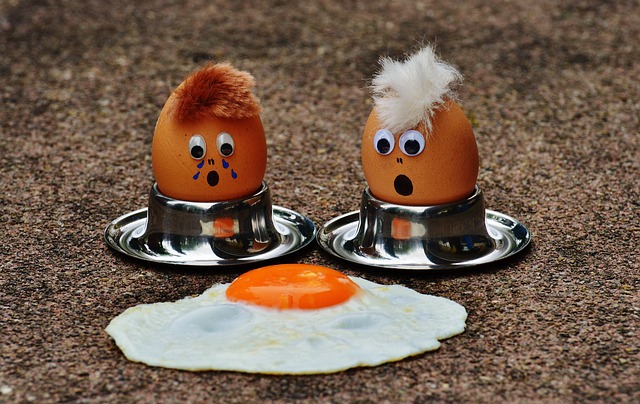
A new reporter system detects problems in protein synthesis within the endoplasmic reticulum (ER). Learn how this innovative tool could revolutionize disease research.
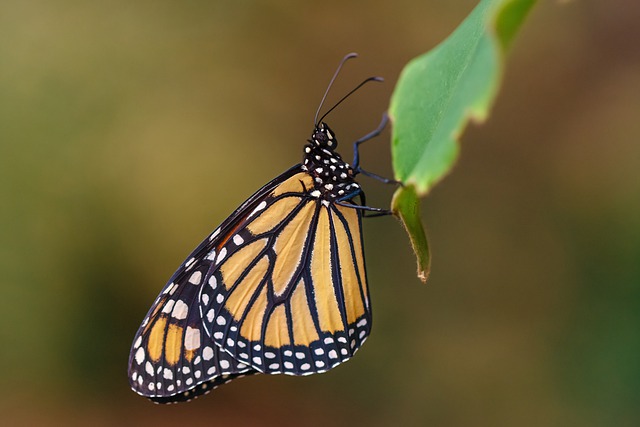
Learn about monarch butterfly protection efforts and their significance for conservation.
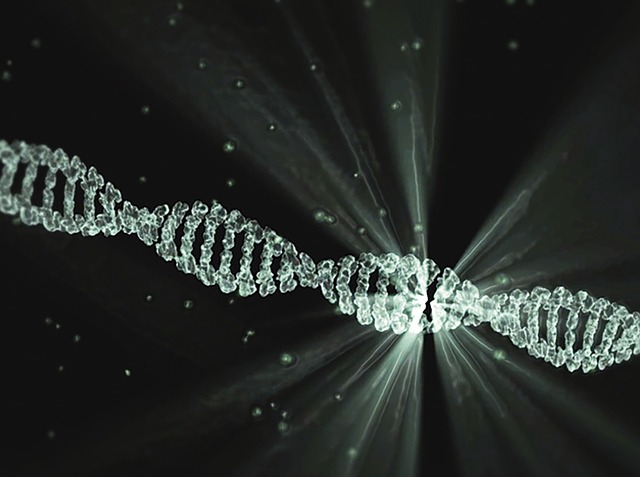
Extrachromosomal DNA (ecDNA) is a new frontier in cancer genetics, driving drug resistance and opening doors to targeted therapies.

Uncover the reasons behind the near-perfect balance of boys and girls in humans. Explore the science behind this phenomenon and its implications.

A giant meteorite impact, far from being solely destructive, could have played a key role in sparking life on Earth by unleashing vital nutrients.
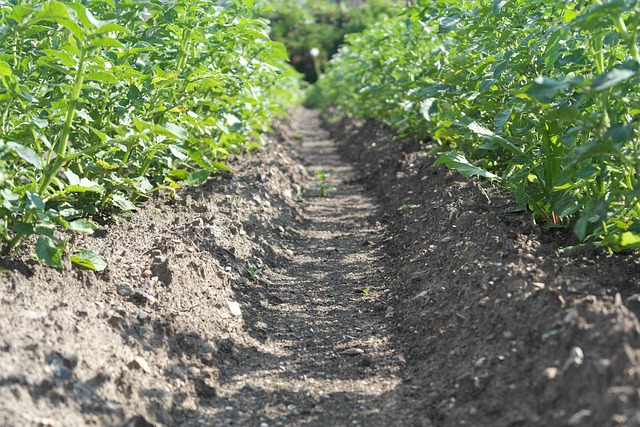
Distinctions between Plants and Animals The distinctions between plants and animals showcase the fascinating diversity of life on Earth. These two fundamental classifications of living organisms exhibit unique features that not only define their existence but also...
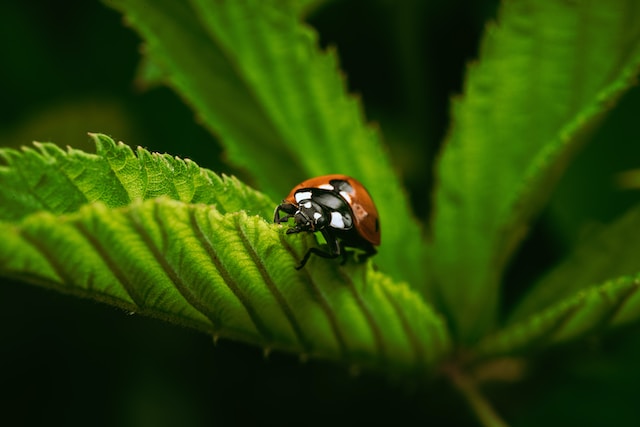
A Short History of Botany: Tracing the Roots of Plant Science A Short History of Botany provides an insight into the evolution of plant science from its humble beginnings to a sophisticated biological discipline. Botany, the scientific study of plants, has touched...
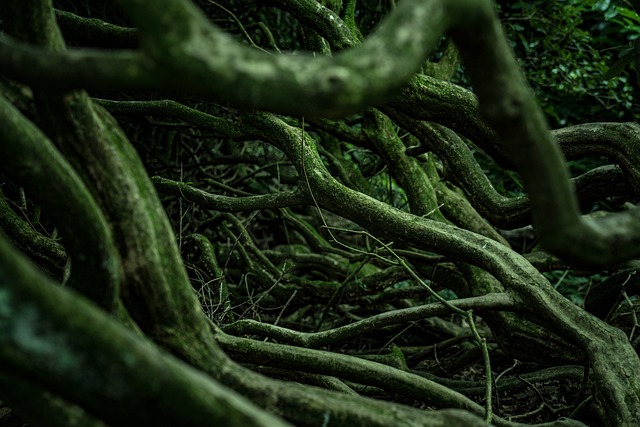
Understanding the root system in plants is crucial for anyone studying botany or working in agriculture. This comprehensive analysis explores the essential components and functionalities of plant roots, focusing on their structure, types, and roles in plant health and...
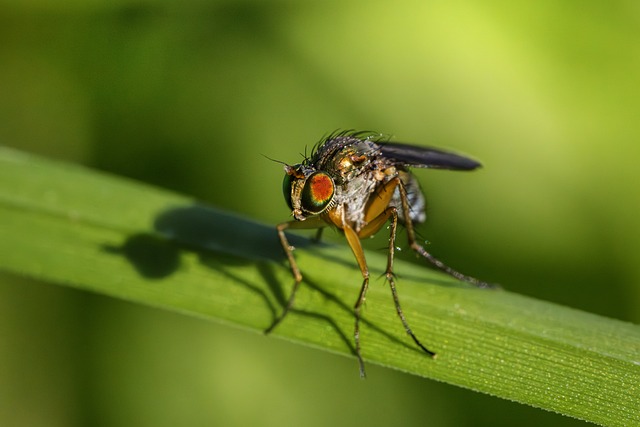
The fascinating fields of Morphology and Embryology delve into the structures and developmental processes that form the essence of biological organisms. Morphology, a study of the form and structure of organisms, provides insights into the shapes, sizes, and external...

Cell Evolution refers to the process by which the earliest forms of life on Earth evolved and diversified into the complex cellular structures seen in modern organisms. This encompasses the transition from simple molecules to protocells, the development of prokaryotic...
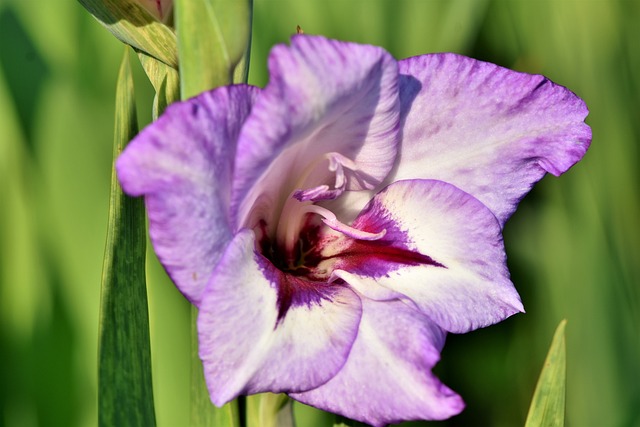
A perennial is a type of plant that lives for more than two years. Unlike annuals, which complete their life cycle in a single year, and biennials, which take two years to complete their life cycle, perennials continue to grow and reproduce year after year. We also...

Introduction In a world that's increasingly personalized, from curated news feeds to tailored advertisements, it's no surprise that this trend has permeated healthcare. Genomics, the study of all of a person's genes (the genome), is at the forefront of this shift,...
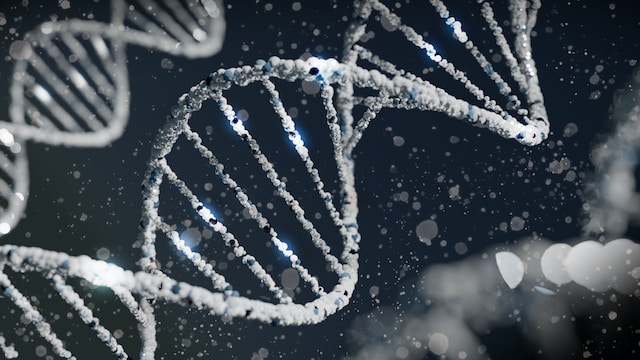
Biotechnology, the application of biology to develop technologies and products for improving human life and health, holds the potential to radically alter our approach to disease prevention, diagnosis, and treatment. Similarly, genetic engineering—the process of manipulating an organism’s DNA—opens new doors for combatting genetic disorders and enhancing therapeutic interventions.
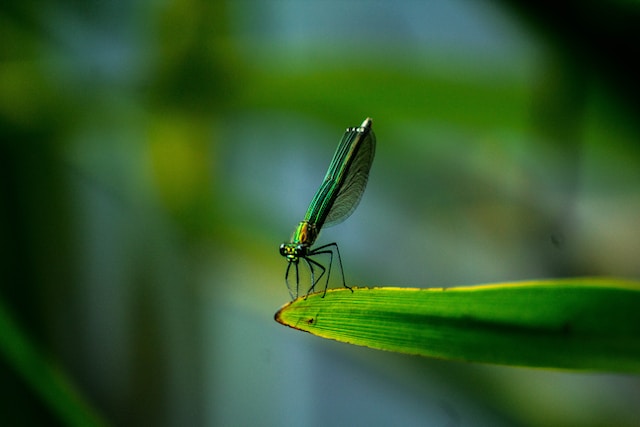
The realm of biology encompasses a diverse array of specialized domains, including molecular biology, genetics, microbiology, botany, zoology, ecology, and more.